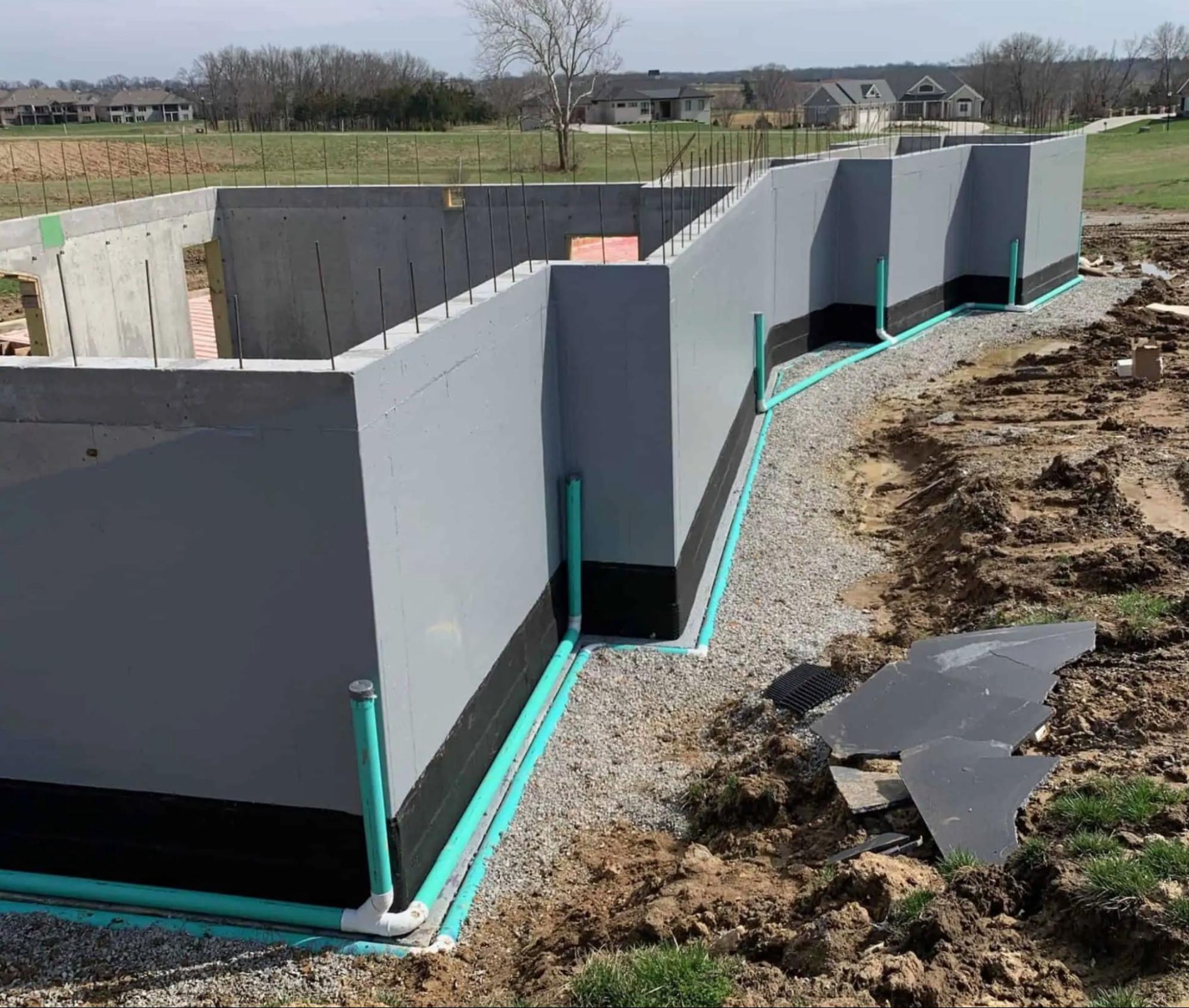Water-proofing is a critical aspect of ensuring the integrity of any home or building. In spite of its importance, many myths surround this necessary practice, causing misunderstandings about its necessity and effectiveness. As a homeowner or property manager, it's crucial to separate fact from fiction to ensure that your investment is protected from water damage. Ignoring waterproofing can result in significant financial losses and compromise the safety and comfort of your living or working space.
In this article, we will debunk common waterproofing myths and provide you with the information you need to make knowledgeable decisions for your property. From understanding why waterproofing is necessary to learning about the various techniques available, we will examine everything you should know to keep your home safe and dry. Get ready to learn how proper waterproofing can protect you a lot in repairs and prolong the lifespan of your property.
Value of Waterproofing
The waterproofing process is a critical aspect of maintaining the soundness and longevity of any residential property or construction. It protects buildings from moisture damage, which can lead to costly repairs and a decrease in property value. By adopting effective waterproofing measures, homeowners and builders can avoid moisture intrusion that often causes mold, wood deterioration, and foundation weakening. This forward-thinking approach not only safeguards the actual structure but also promotes a healthier residential space.
Ignoring waterproofing can lead to substantial monetary losses. Water damage is one of the primary causes of insurance claims, and the financial obligations associated with remediation can quickly accumulate. From addressing leaks to removing and replacing damaged floors and walls, the financial burdens can be staggering. Investing in effective waterproofing measures beforehand is a wise decision to preserve significant amounts in future repairs, ultimately preserving the equity of the financial commitment in your real estate.

In addition, waterproofing is crucial for energy savings in buildings. When moisture enters the building, it can lead to elevated humidity and temperature fluctuations, causing climate control systems to become overworked. Correctly waterproofed spaces ensure consistent temperatures, which can lower energy bills and enhance living comfort. This aspect of waterproofing also enhances the structure's functionality but also advocates for green initiatives by cutting down power consumption.
Common Sealing Misconceptions
One prevalent misconception about waterproofing is that it is solely required for houses in flood-risk areas. Many residents believe that if their home is outside a marked flood zone, they can forgo waterproofing measures. However, water see page can occur in all locations due to intense rains, plumbing failures, or changes in the topography. Ignoring waterproofing increases the risk of fungus, structural damage, and expensive repairs, making it essential for every home and building, regardless of its site.
Another fallacy is that the waterproofing process is a temporary fix. Many homeowners think that once they have applied waterproofing materials, their property will be safe from water damage for good. This is far from the reality, as waterproofing systems can deteriorate over time due to wear and tear, exposure to severe conditions, and other environmental factors. Routine inspections and maintenance are crucial to ensure the efficacy of waterproofing measures and to resolve any possible issues before they worsen.
Lastly, there’s a notion that DIY waterproofing is just as successful as hiring a contractor. While there are a variety of products available for DIYers to handle waterproofing on their own terms, the fact is that attaining the best results often requires specialized knowledge and experience. Skilled waterproofing contractors are equipped with advanced techniques and materials that can provide a greater level of protection and longevity, ultimately saving homeowners time, effort, and money in the future.
Functional Moisture Control Solutions Strategies
When it comes to effective waterproofing, a set of methods tailored to your property’s individual needs is crucial. Interior waterproofing solutions, like putting in drainage systems and applying sealants on foundation walls, can successfully manage moisture that seeps in from the outside. This is particularly important for basements, where increased humidity can result in mold and structural damage. Employing sump pumps can also assist to redirect water away from foundations in areas prone to flooding.
Exterior waterproofing, on the other hand, focuses on preventing water from getting into your building at all. This could entail grading your landscape to ensure proper drainage, applying waterproof membranes on foundational walls, and ensuring that gutters and downspouts are properly directing rainwater away from your home. These proactive measures are vital in protecting your property from water damage and preserving its structural integrity.
For outdoor spaces, think about waterproofing your deck or patio with top-notch coatings that can resist moisture. Investing in waterproofing solutions for balconies, terraces, and even swimming pools assists to prevent costly repairs in the future. Choosing the right products for these areas, alongside proper installation, enhances their lifespan and functionality, ensuring that your investments remain protected from the elements.
